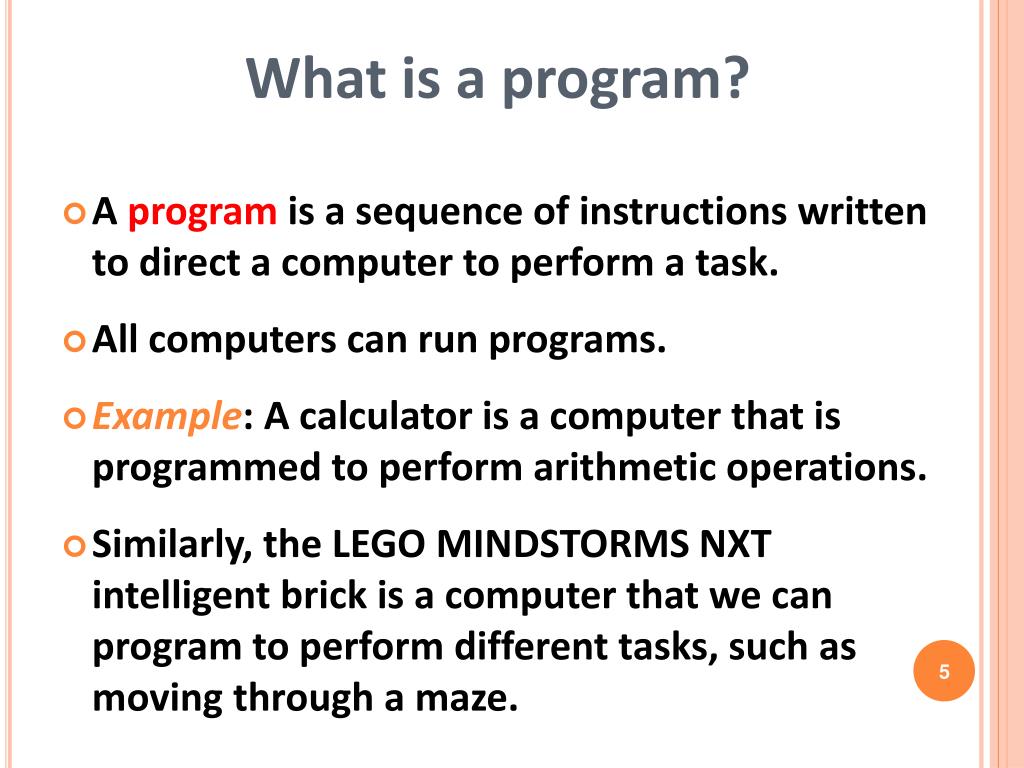
How to Program a Car Key Fob: A Comprehensive Guide
In today’s world, car key fobs have become an indispensable part of vehicle ownership. These small, handheld devices offer convenience and security by allowing you to remotely lock and unlock your car doors, activate the alarm, and even start the engine. However, key fobs can sometimes malfunction, lose their programming, or require replacement due to damage or loss. In such cases, knowing how to program a car key fob can save you time and money compared to visiting a dealership or locksmith.
This comprehensive guide will walk you through the process of programming a car key fob, covering various methods and considerations to ensure a successful outcome.
Understanding Car Key Fobs
Before diving into the programming process, it’s essential to understand the different types of car key fobs and their functionalities. Key fobs typically consist of a small circuit board, a battery, and buttons that transmit radio frequency signals to the car’s receiver. The receiver then interprets these signals and performs the corresponding actions.
Key fobs can be broadly classified into two categories:
-
Standard Key Fobs: These fobs offer basic functionalities such as locking and unlocking doors, activating the alarm, and opening the trunk.
-
Smart Key Fobs: Also known as proximity key fobs, these advanced devices offer keyless entry and ignition. They communicate with the car’s system when in close proximity, allowing you to unlock the doors by simply touching the handle and start the engine with a push of a button.
Programming Methods
The method for programming a car key fob varies depending on the car’s make, model, and year. Here are some common programming methods:
-
Onboard Programming: This method involves using the car’s existing system to program the key fob. It typically requires a specific sequence of actions, such as inserting and removing the key from the ignition, pressing certain buttons, or turning the ignition on and off a specific number of times.
-
Programming Tool: This method requires a specialized programming tool that connects to the car’s diagnostic port (OBD-II port). The tool communicates with the car’s computer system and allows you to program the key fob by following the on-screen instructions.
-
Dealership Programming: This method involves taking your car to a dealership, where technicians use specialized equipment to program the key fob. While this method is generally the most reliable, it can also be the most expensive.
Steps to Program a Car Key Fob
Here are the general steps involved in programming a car key fob:
-
Gather Information: Before starting the programming process, gather the following information:
- Car’s Make, Model, and Year: This information is crucial for determining the correct programming method and any specific instructions.
- Key Fob Part Number: This number can usually be found on the back of the key fob or in the car’s owner’s manual.
- Programming Instructions: Consult the car’s owner’s manual or search online for specific programming instructions for your car’s make, model, and year.
-
Prepare the Car: Ensure that the car is parked in a safe location and that the battery is fully charged.
-
Enter Programming Mode: Follow the specific instructions for your car to enter programming mode. This may involve inserting and removing the key from the ignition, pressing certain buttons, or turning the ignition on and off a specific number of times.
-
Program the Key Fob: Once the car is in programming mode, press the lock or unlock button on the key fob. The car should respond by locking or unlocking the doors, indicating that the key fob has been successfully programmed.
-
Test the Key Fob: After programming the key fob, test all of its functions, including locking and unlocking the doors, activating the alarm, and opening the trunk.
Troubleshooting Tips
If you encounter problems while programming a car key fob, here are some troubleshooting tips:
- Double-Check Instructions: Ensure that you are following the correct programming instructions for your car’s make, model, and year.
- Replace the Battery: A weak battery can interfere with the programming process. Try replacing the battery in the key fob with a new one.
- Check the Car’s Battery: A weak car battery can also cause programming problems. Ensure that the car’s battery is fully charged.
- Try a Different Method: If one programming method doesn’t work, try another method.
- Seek Professional Help: If you are unable to program the key fob on your own, consult a dealership or locksmith for assistance.
Security Considerations
When programming a car key fob, it’s important to consider security measures to prevent unauthorized access to your vehicle. Here are some tips:
- Purchase Key Fobs from Reputable Sources: Buy key fobs from authorized dealers or reputable online retailers to ensure that they are genuine and haven’t been tampered with.
- Protect Your Car’s Diagnostic Port: The diagnostic port can be used to program key fobs, so it’s important to protect it from unauthorized access. Consider installing a locking device or using a scan tool blocker.
- Erase Old Key Fobs: If you lose a key fob or suspect that it has been stolen, erase its programming from the car’s system to prevent it from being used to unlock or start the vehicle.
Conclusion
Programming a car key fob can be a straightforward process, but it’s essential to follow the correct instructions and take necessary precautions. By understanding the different programming methods, troubleshooting tips, and security considerations, you can successfully program a car key fob and enjoy the convenience and security it offers. If you encounter difficulties, don’t hesitate to seek professional help from a dealership or locksmith.
